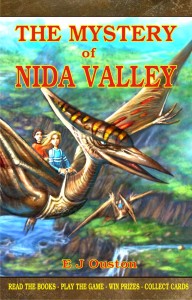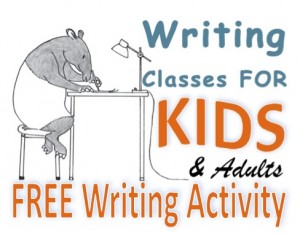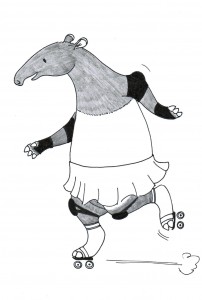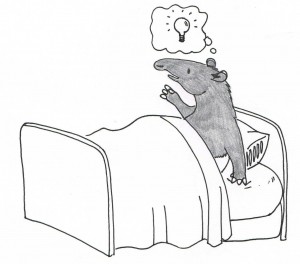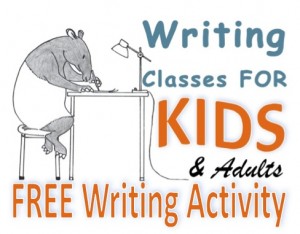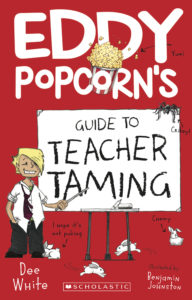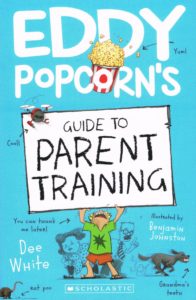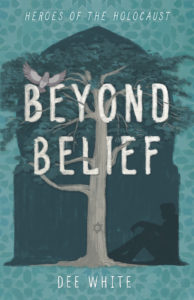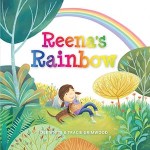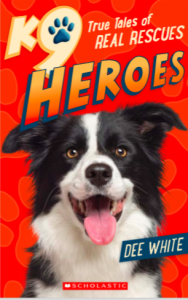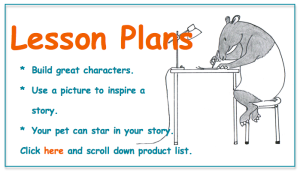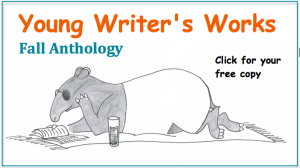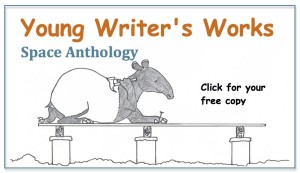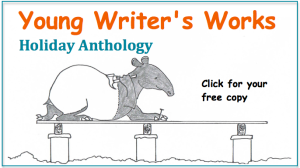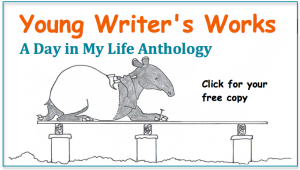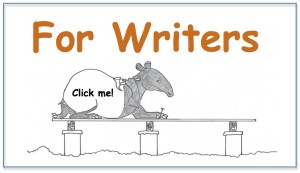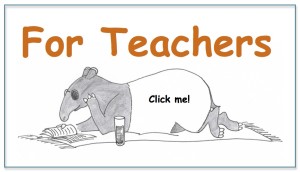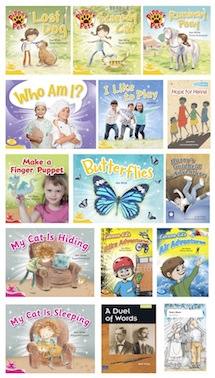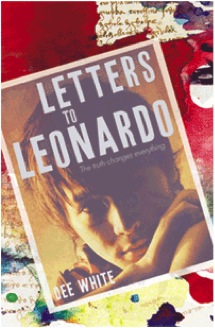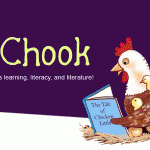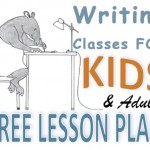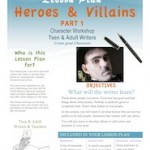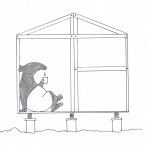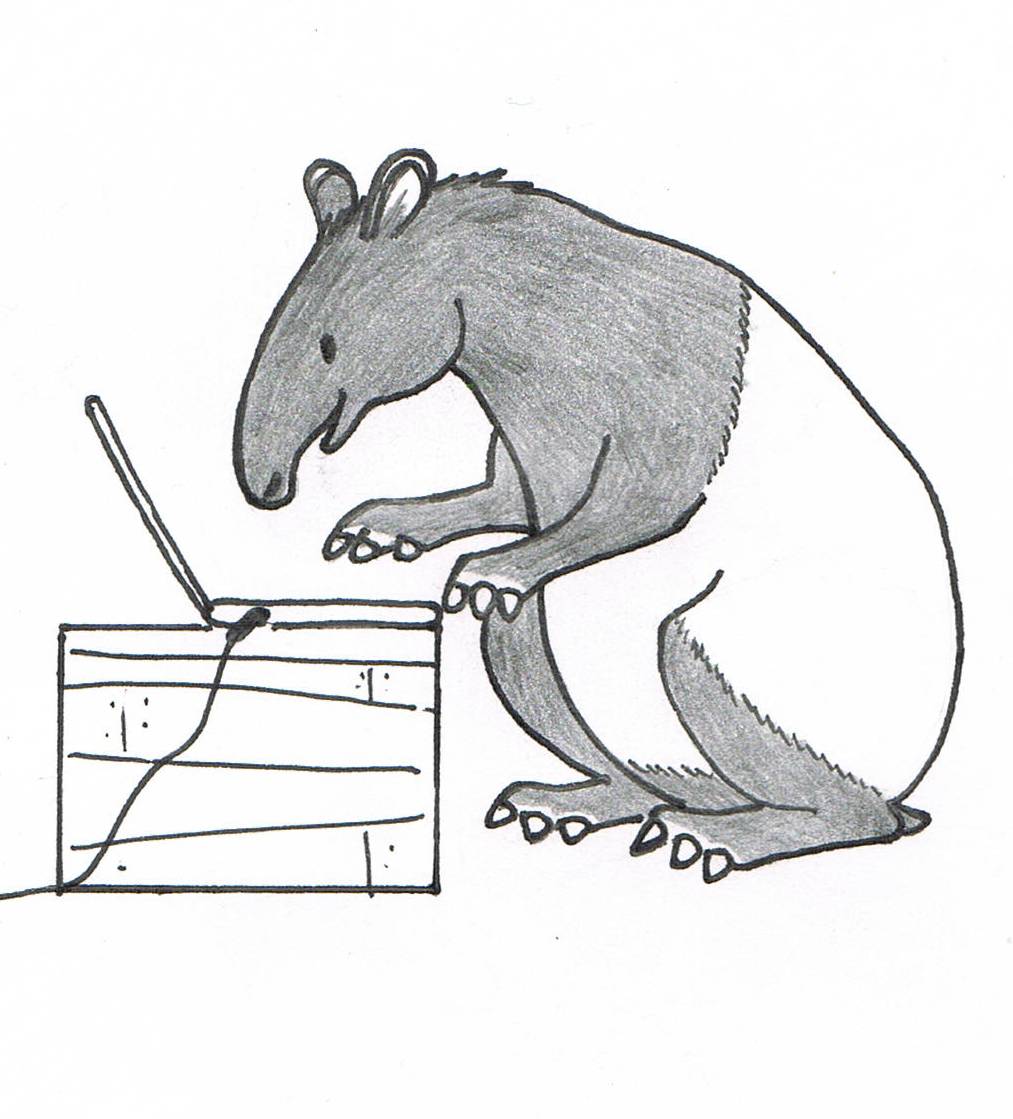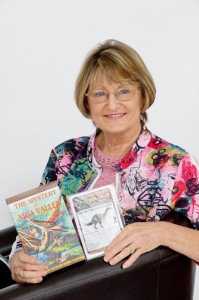 While I was doing research for another book about Australian and British animals, I came across the Australian megafauna that roamed our land before and just after human settlement, around 40,000 years a go. They fascinated me, as I had never learnt about them at school. I discovered the children in my circle of family and friends had no knowledge of these amazing creatures either. Their interest in learning about them increased my desire to write a story that included the animals.
While I was doing research for another book about Australian and British animals, I came across the Australian megafauna that roamed our land before and just after human settlement, around 40,000 years a go. They fascinated me, as I had never learnt about them at school. I discovered the children in my circle of family and friends had no knowledge of these amazing creatures either. Their interest in learning about them increased my desire to write a story that included the animals.
I set out to make my series, The Mystery of Nida Valley, educational as well as entertaining. The story is about a group of teens who discover a hidden valley where Australian megafauna and dinosaurs roam, and are protected by a magic order. They discover it is their destiny to join the fight to save the valley from the greed of an ex-member of the order. The information on the creatures is woven into a story that contains magic, time travel, villains and adventure.
SETTING
The setting for the story is a rainforest valley in Queensland. If you are going to set your fantasy story in the real world and use real creatures, you need to make sure your information is accurate. I trawled the internet and libraries for accurate information.
My primary source on the megafauna was a book called The Megafauna of Australia, by zoologists and science writer Danielle Clode. The information on the dinosaurs came from Museums and University websites. The plants and other native wildlife in the valley are from my knowledge and from a book Rainforests of Australia by, Leo Meier and Penny Ficcis. It is always a good idea to list your research and even record the sources on the inside page of the book, so readers can do follow-up research, or any librarian or teacher can confirm the information.
I am a plotter, someone who likes to have a strong outline of a story before they start. To me writing a story without a simple plot is like taking a journey without a map. As I sat and plotted this story, my mind returned to my discussions with the children. Some of the questions they asked shaped the story. For instance, ‘Did they live with the dinosaurs?’ and from a four-year-old, ‘Were there dragons too?’ As I love fantasy, I decided to include the three groups, megafauna, dinosaurs, and mythical animals. It is a strange mix and it was interesting coming up with a way to make the valley’s creatures credible. (Well, as credible as fantasy has to be).
CHARACTERS
The characters in a story are very important too. The main characters should all have different traits and personalities to add interest to a story. If all your characters act the same and agree on everything the story is boring. One of the things I learnt early was that if a story has no conflict it is not a story. So make your characters different. For instance, in my book, Meg, the main character, is feisty and not good at following direction, but her best friend, Amanda is Miss Goody-two-shoes and a good scholar. She and Meg argue over Meg’s reckless behaviour, and Meg vacillates between being pleased about Amanda’s knowledge and being envious.
The second book in the series will be released, hopefully, before Christmas.
In my book, Meg and Amanda face a marsupial lion. Research the marsupial lion and write your own scene from the lion’s point of view as he encounters the two unknown humans in his territory. What is he thinking as he stalks them? Does he catch the girls? Do they notice him? What would the girls do to escape?
On line at: http://www.booktopia.com.au/search.ep?keywords=The+Mystery+of+Nida+Valley
Signed and personalised copies are available from http://www.elaineouston.com
Other outlets and more information can be found at http://themysteryofnidavalley.com
Teacher’s notes are available at http://themysteryofnidavalley.com
Book trailer: http://www.youtube.com/watch?v=UHjkaC-rrQk


